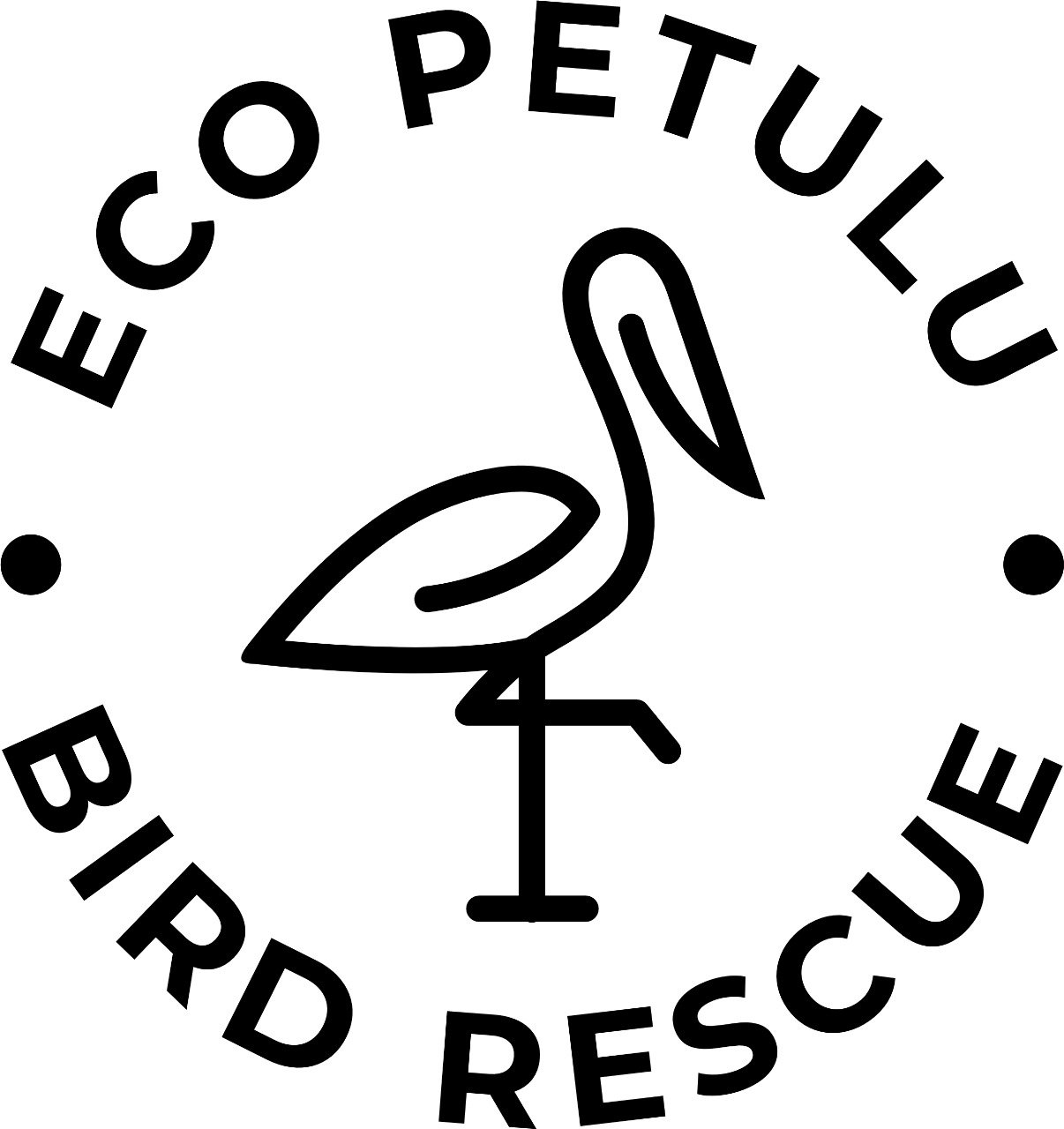What Are We Doing Here
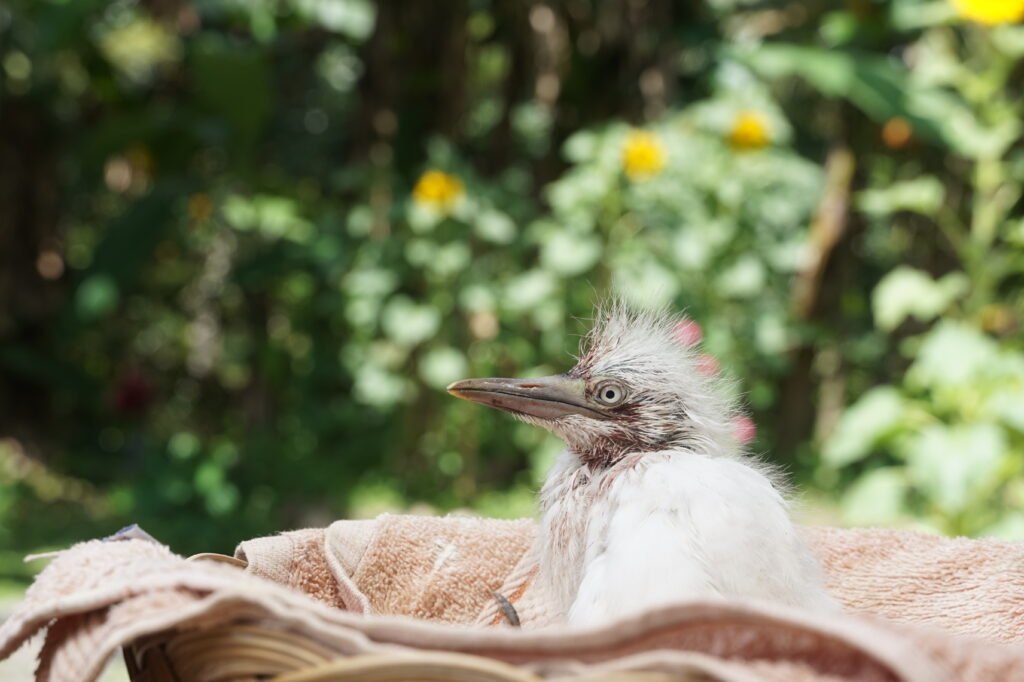
We at Eco Petulu carry out rescue activities for Cattle Egret which are part of our mission, namely creating a conservation platform that is in harmony with the concept of green and harmony that visitors can enjoy.
Our main mission is to be a catalyst for preserving the Cattle Egret due to the various types of threats it faces, such as being threatened by degradation and loss of wetlands through drainage for agriculture, and contamination from agricultural and industrial operations, besides this species is also vulnerable to bird flu.
The type of bird that we conserve is the Egret. The Cattle Egret is medium sized, its entire body is white, its beak is greyish black, its legs and feet are completely black.
The cattle egret is a stocky heron with an 88–96 cm (34+1⁄2–38 in) wingspan; it is 46–56 cm (18–22 in) long and weighs 270–512 g (9+1⁄2–18 oz).[14] It has a relatively short, thick neck, a sturdy bill, and a hunched posture. The nonbreeding adult has mainly white plumage, a yellow bill, and greyish-yellow legs. During the breeding season, adults of the western cattle egret develop orange-buff plumes on the back, breast, and crown, and the bill, legs, and irises become bright red for a brief period prior to pairing.The sexes are similar, but the male is marginally larger and has slightly longer breeding plumes than the female; juvenile birds lack coloured plumes and have a black bill
This bird can be found in rice fields, river banks, sandy and muddy areas near the coast. It has a geographical location on the Asian continent, especially in Southeast Asian countries such as Indonesia and Papua New Guinea. Search for food in scattered groups, often mixed with other birds. Sometimes seen chasing its prey along the shore in shallow areas. When returning to the nest, fly in a V formation
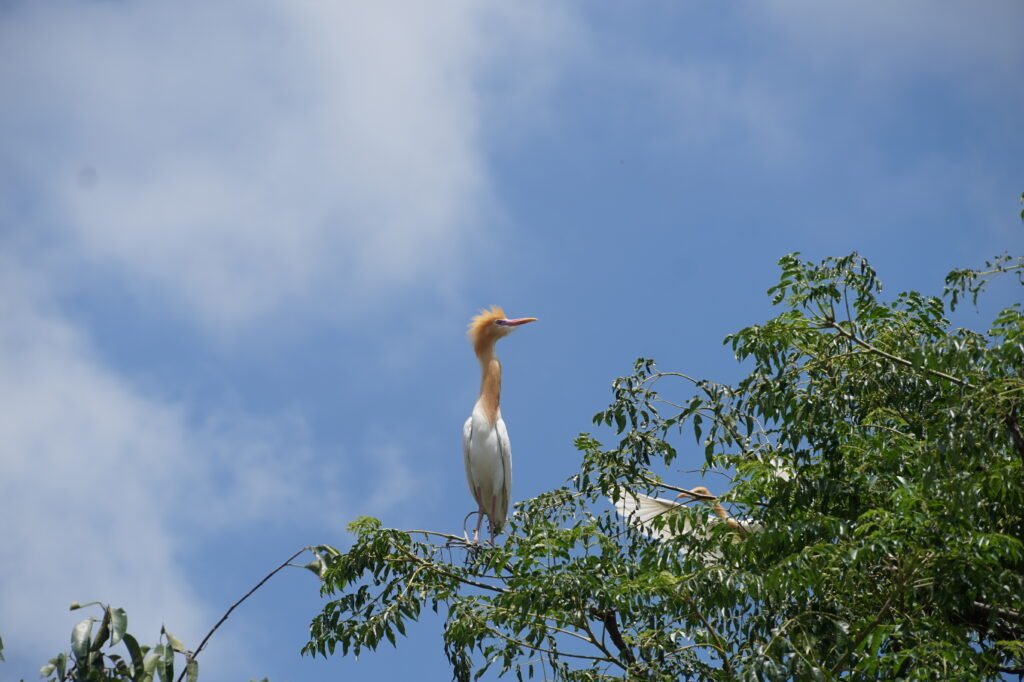
The rehabilitation program that we carry out consists of 2 phases, maintenance and release back into nature.
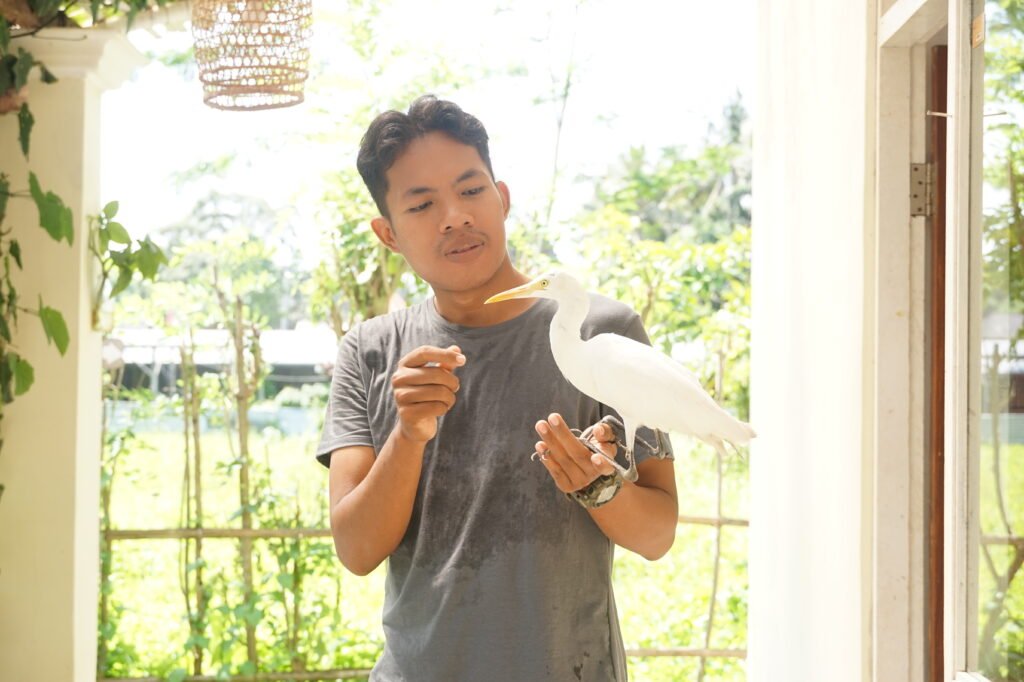
During the maintenance phase of Cattle Egrets, things that are usually done include providing appropriate and nutritious food, keeping the environment safe and Cattle Egrets feeling protected. Lastly, don’t forget to monitor the development of the Cattle Egret to ensure they grow well.

The release back into nature phase for Cattle Egret birds aims to ensure that these birds can adapt well to their natural habitat. Before releasing them back into nature, there are several aspects that must be prepared, such as evaluating the Cattle Egret’s readiness for the wild, selecting a release location so that it is suitable for the Cattle Egret’s growth and development, and post-release monitoring to see how they live once they are in the wild.
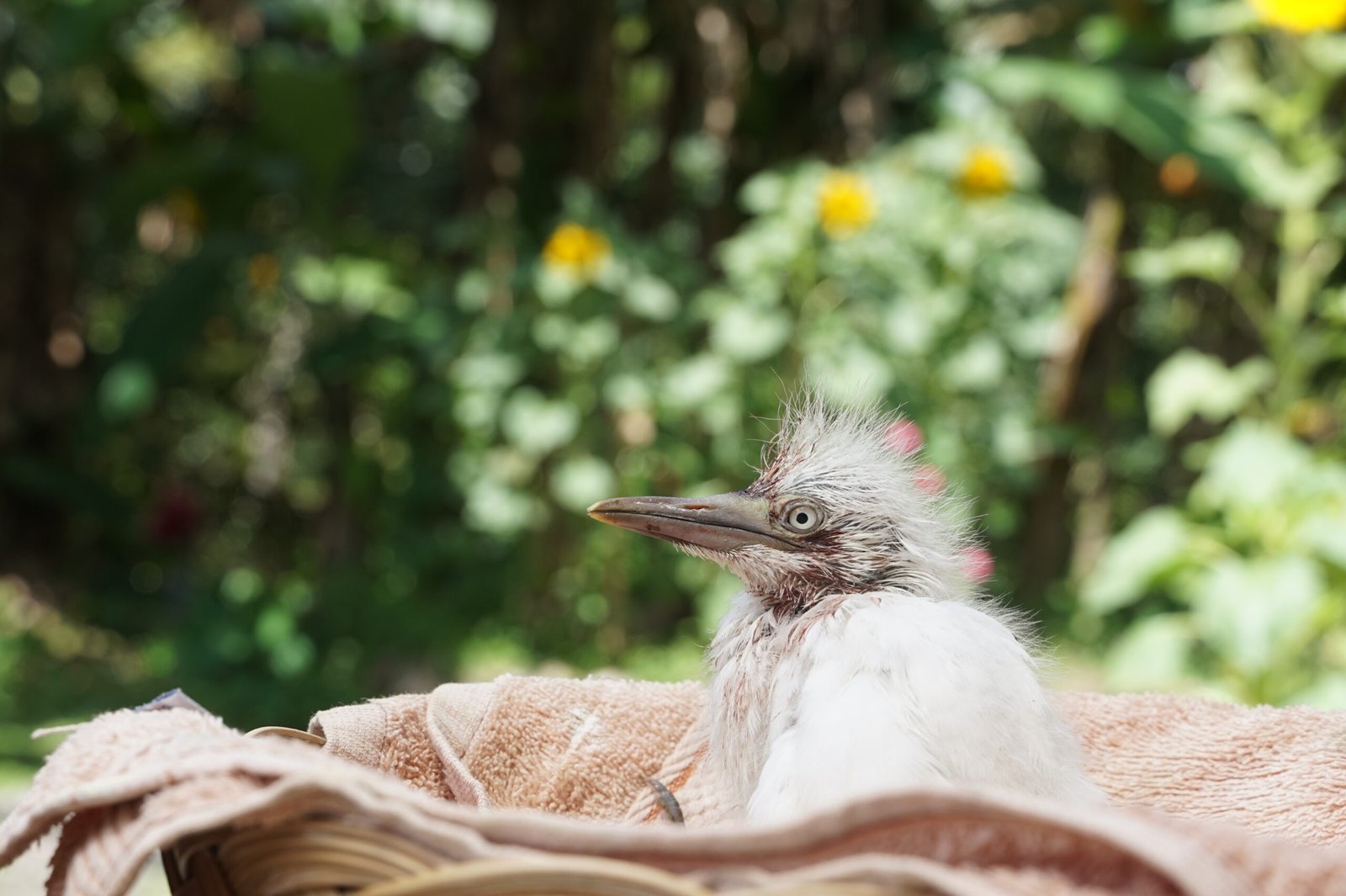
Cattle egrets are active insect predators. They often gather in groups and move in grasslands or other open areas to search for food. When not foraging, cattle egrets are often found perched on trees, electric poles, or other tall structures. They use these places as resting spots and to observe their surroundings.
Copyright @2024 Eco Petulu. All Rights Reserved
